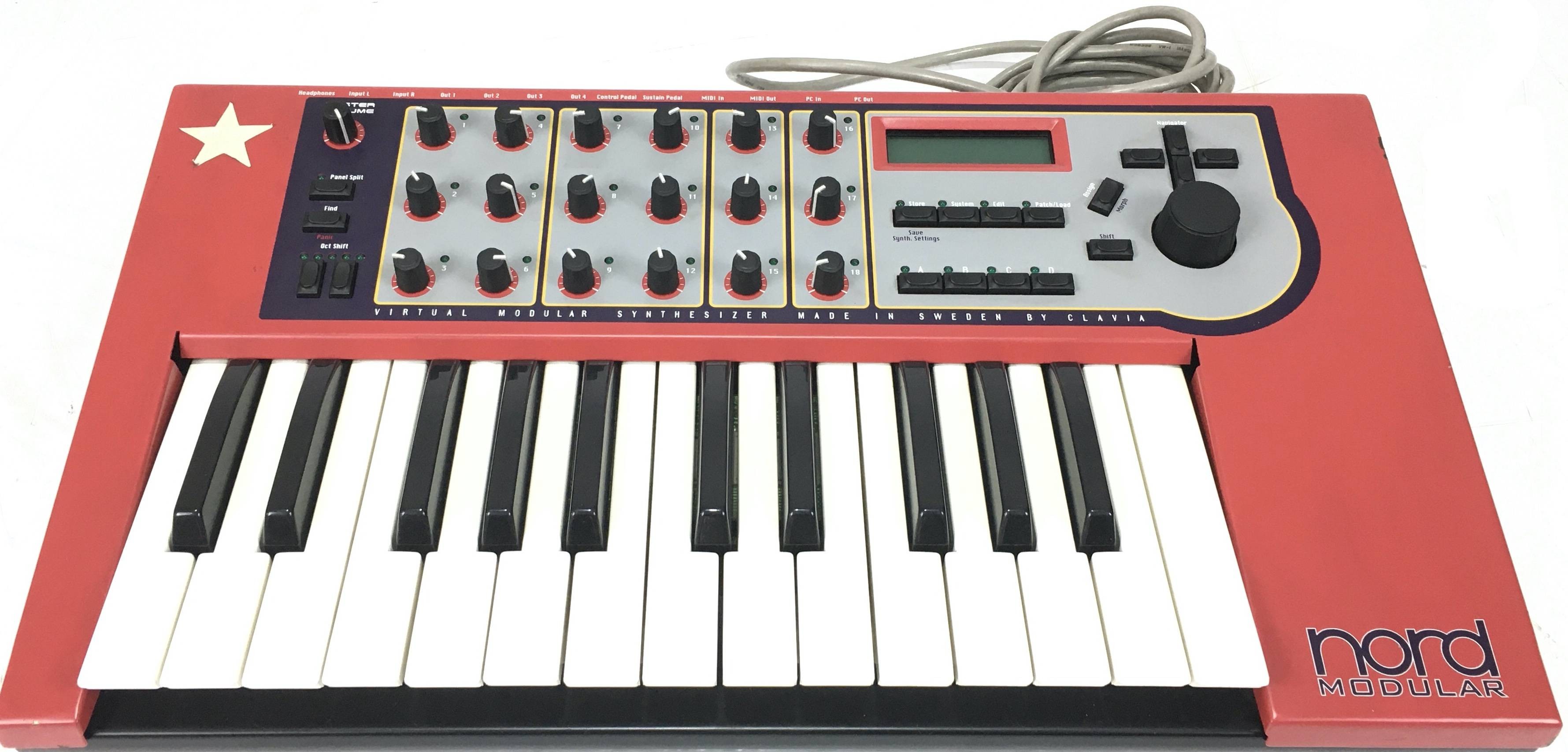



This can be explained by the fact that, in a double strand, base pairing and stacking cause a dramatic change in the oxidation potential of the nucleobases. The fluorescence measurements can be explained by complex formation resulting in fluorescence quenching that prevails over the steric effect of a reduced excited state trans-cis isomerisation, which was expected to increase the fluorescence efficiency of the dye when stacking to a base pair.
#NORD MICROSYNTH SERIES#
In a series of 7 nt hybrids, stacking interactions of CY3 with perfect match and mismatch base pairs were found to stabilise the hybrid by 7–8 kJ/mol. For the series I < A < G < 8-oxoG, the extent of fluorescence quenching follows the trend of decreasing oxidation potentials. In oligonucleotide hybrids, we observed a dependence of the fluorescence intensity on the oxidation potential of the neighbouring base pair. I now have Allan Bradford's own very nicely constructed demo model, and would be very interested to hear from anyone who has a Clef String machine (working or not) which was also published in Practical Electronics but was only available as a kit.To understand the complex fluorescence properties of astraphloxin (CY3)-labelled oligonucleotides, it is necessary to take into account the redox properties of the nucleobases. The B30 was far more versatile than the Roland SH101 (which outsold us about a million to one) but it used only 1/3rd volt per octave control voltage which made tuning stability an issue if the PBC got damp, so we put silica gel in the demo model to keep it in tune! We sold 30 PCB's & cases to the government spies at GCHQ for their apprentices to build, so I always imagine there are 30 very stable B30's somewhere, due to using military grade components. This synth was the only product not designed in house, we licensed the design from Allan Bradford MSc who went on to design for Drawmer, 3G, WEM, Joe Meek, PMI and many others. I worked for Clef (what a weird outfit it was) between 82 & 85. I now have Allan Bradford's own very nicely constructed demo model, and would be very interested to hear from anyone who has a Clef String machine (working or not) which was also published in Practical Electronics but was only available as a kit.
#NORD MICROSYNTH UPDATE#
Update via Richard in the comments: "I worked for Clef (what a weird outfit it was) between 82 & 85. Two of the knobs have lost their coloured caps but I have sourced replacements from, surprise surprise, Maplins - the link is here. the Synth could be bought professionally pre-built for £199 or as a complete kit for £129 - either way it was a small fortune in 1982. "featured as a Kit in Practical Electronics around 1982.


 0 kommentar(er)
0 kommentar(er)
